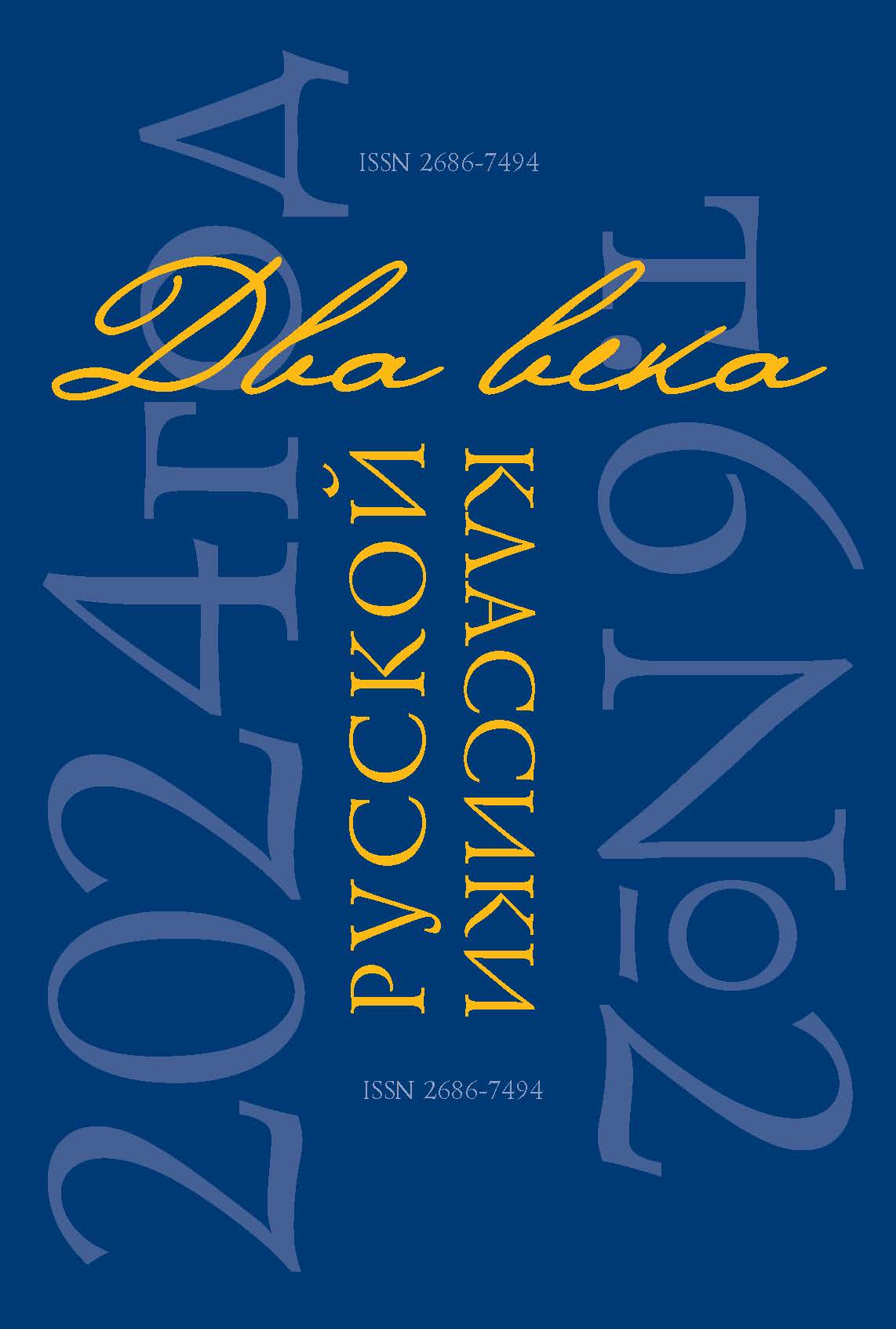Abstract:
The article discusses the ways and methods of implementing the plan of St. Theophan to compose the Gospel story according to the four canonical books of the evangelists Matthew, Mark, Luke and John. The creative history of the book is restored on the basis of St. Theophan’s letters to the Athos monk Arseny (Minin) and N. V. Elagin, as well as the bishop’s articles “Lessons from the deeds and words of the Lord and God and our Savior Jesus Christ” and “Instructions according to which everyone can compose a consistent Gospel story from the four Gospels by himself.” An analysis of the four-part structure of the book is undertaken. As an example of St. Theophan’s deep reading of the gospel text, the stories about the calling of fishermen by the Lord, about His visit to the house of Martha and Mary and the farewell conversation with the disciples are considered. A kind of inserted episode of creative history was revealed — St. Theophan’s editing of the famous three-volume work of the same name by Archpriest Pavel Matveevsky. The main feature of St. Theophan’s work, in comparison with the other Gospel stories, consists in the distribution of events into periods and departments, not so much by the time of their accomplishment, but by place.
References
Shcherbakova, M.I. “Ierusalim v nasledii svt. Feofana. K istorii dvukh arkhivnykh dokumentov” [“Jerusalem in St. Theophan’s Legacy. On the History of Two Archival Documents]. Sviataia Zemlia. Al’manakh k 165-letiiu Russkoi dukhovnoi missii [Holy Land. Almanac for the 165th Anniversary of the Russian Spiritual Mission], part 1. Moscow, OOO “Arkaim”, 2012, pp. 60–66. (In Russ.)
Shcherbakova, M. I. Tekstologiia Vvedenie v literaturovedenie. Uchebnik dlia vuzov [Textology. Introduction to Literary Criticism. Textbook for Universities], ed. by L. M. Krupchanov. Moscow, Oniks Publ., 2007, pp. 97‒150. (In Russ.)









